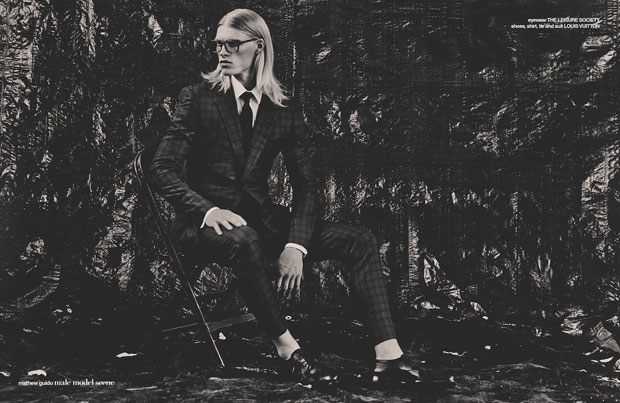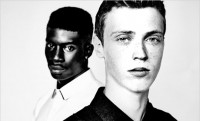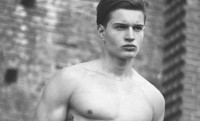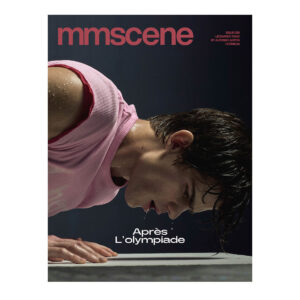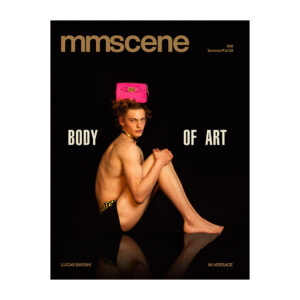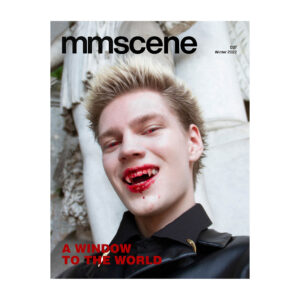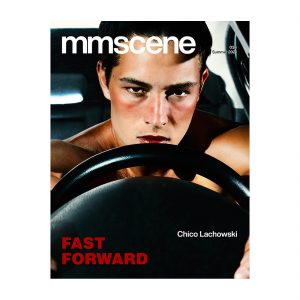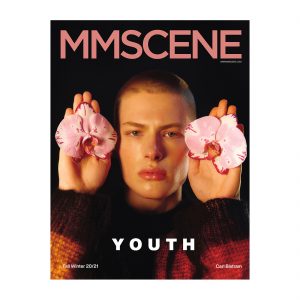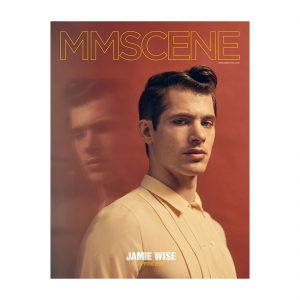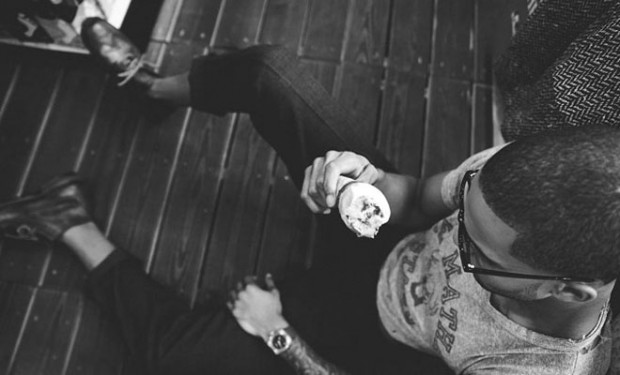
The brogue is a shoe of many talents: suave and stylish in one instant, and kooky and alternative in the next. Once the reserve of the sophisticated gentleman, today they’re revered by everyone from the hipster to the ingénue, businessman, aristocrat and boy band member. (Photo above – Shawn Cruz by Randolph Garrett – Male Model Scene)
For the sake of guiding your future style choices, here’s a quick guide to what makes the brogue so special and how to wear them.
What are Brogues?
The term brogue developed from the Irish word ‘brog’, meaning ‘a rough or stout shoe’, and more specifically from the term ‘broguing’, which refers to the act of embellishing shoes with perforations. Thus, quite simply, a brogue is a type of shoe perforated with holes to decorate it.
Where do Brogues Come From?
Brogues were first developed in Scotland and Ireland, where they were commonly worn whilst working outdoors. Due to the wet, tough nature of these countries’ climates and terrains, they needed shoes tough enough to stand up to a good deal of wear and tear.
As a result, the earliest brogues were plain, practical shoes, whose only ode to decorativeness was perforations and serrations of the leather. This allowed their creators to produce practical shoes that still had a little something about them. The art of broguing was not entirely frivolous, however; the holes were useful as they allowed the inevitable seep of water to drain from the shoe.
Another interesting design feature was the absence of a tongue and the use of leather tangs that wrapped around the wearer’s ankles. Due to the nature of the terrain, normal shoes had a tendency to be sucked off whilst walking through mud and bogs, and their high lacing kept the leather tangs clean and dry.
This original design still forms the basis for traditional Scottish dress footwear today, although it has been refined and reinvented throughout the ages, its popularity spreading around the globe.
Types of Brogue
Despite their modern day versatility and variety, all brogues share some style features in common:
? Low heels
? Toe caps
? Heel caps
? Lace panels
? Broguing
However, multiple individual styles have evolved over time, as you can instantly see by looking at the range offered by a retailer such as Crockett and Jones.
(Photo above – Carlton by Mathew Guido for Male Model Scene)
Full Brogues
Full brogues are identifiable by their pointed toecaps, which have wingtips extending back along both sides towards the ball of the wearer’s foot. If viewed from above, these take the shape of a ‘W’ or ‘M’. Broguing features along the edges and in the centre of the toecap.
Half Brogues
These have a toecap without wingtips. Broguing still features along the edge of the cap and the sides of the shoes.
Quarter Brogues
Like half brogues, quarter brogues also have toecaps without wingtips. However, their broguing is only along the edge of the caps.
Ghillie Brogues
Ghillie brogues are used as traditional formal Scottish dress and evening footwear. They are similar to a full brogue, but their laces wrap around the legs, between the ankle and calf.
How to Wear Brogues
As a rule, brogues are not considered appropriate for many formal occasions, due to their origins as a workingman’s shoe. Many rules surround how they should be worn, and we’ve collated a few of the most important here for you:
? The more broguing a shoe has, the less formal it is.
? Brogues are not appropriate for black or white tie events, unless the
wearer is dressed in Scottish Highland attire paired with black ghillie
brogues.
? When worn with a suit, full brogues are not recommended, as they are considered too casual. These should only be paired with tweed or other country fabrics.
The most important rule of all: every man should have a pair. How will you wear yours?



